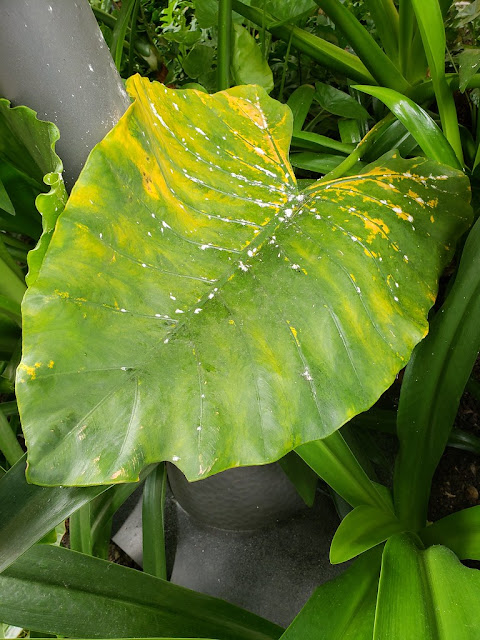My Organic Gardening Story

I didn't get started with gardening until the mid-'80s. My wife Sharon and I and two daughters were living in Austin, Texas. She wanted a vegetable garden and I had just started a landscaping and landscape maintenance business. I had no knowledge of gardening at all and didn't know the difference between compost and mulch. Truthfully. I was that ignorant. I built a small garden and piddled with it for a couple of years but didn't do much with it. I remember that we grew some tomatoes and beans. It didn't amount to much. Then the worst news came Unfortunately, in 1986 we learned that Sharon had breast cancer. After a mighty battle, she passed away in December 1988. Our daughters were 8 and 10 at the time. In 1989 we spent the year kind of settling into our new family reality and I was trying to make decisions about our future. I was continuing with the landscape maintenance business and decided that I wanted to get us to a rural area and give organic market gardenin...

